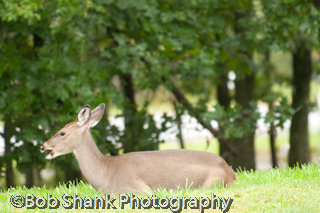Photography is literally defined as “writing (“graphy”) with light (“photo”).
So as photographers we need to do everything we can to understand light. Without understanding this basic component of our craft we will be severely limited. This is so important and yet overlooked by so many. It is easy to get all cranked up over a new camera body or lens, but without the right kind of light our photographs will be substandard.
Light has several qualities that we need to pay attention to and learn about. Light has color, direction, and quality.
The color of light is something we know a little about when we start thinking about the proper white balance in our camera settings. As a test, turn your camera’s white balance to flourescent and take a photo. Now turn the white balance to incandescent and take another photo. Depending on the existing light, you will see different colors of light in these two photographs. Light can be, for example, blue, green, orange, yellow, and many other colors. The color of light tends to evoke certain emotions and feelings-blue is cool, orange is warm, etc. Paying attention to the color of light is the first step in understanding light better.
Light also has direction. From where is the light coming? Is it side-lit, back-lit, or front-lit? This component of light is also critical to understand and learn about. Front lighting is perhaps the least attractive directional light. Side-lighting creates deep shadows, revealing depth and character in a subject. Back-lighting can create silhouettes as well as interesting halos.
Quality of light is the most difficult component to describe, but when you see great qualities of light you will certainly know it. Quality can range from horrible to average to sensational and even breath-taking. “The golden hour” is one description but it can happen almost anytime and a photographer should always be vigilant and ready for this superior quality of light to appear.
The following photograph is not sensational or even an above average photo. However, the color, direction, and quality of light make it interesting; at least in my humble opinion. When the light is right the photograph will be right!

